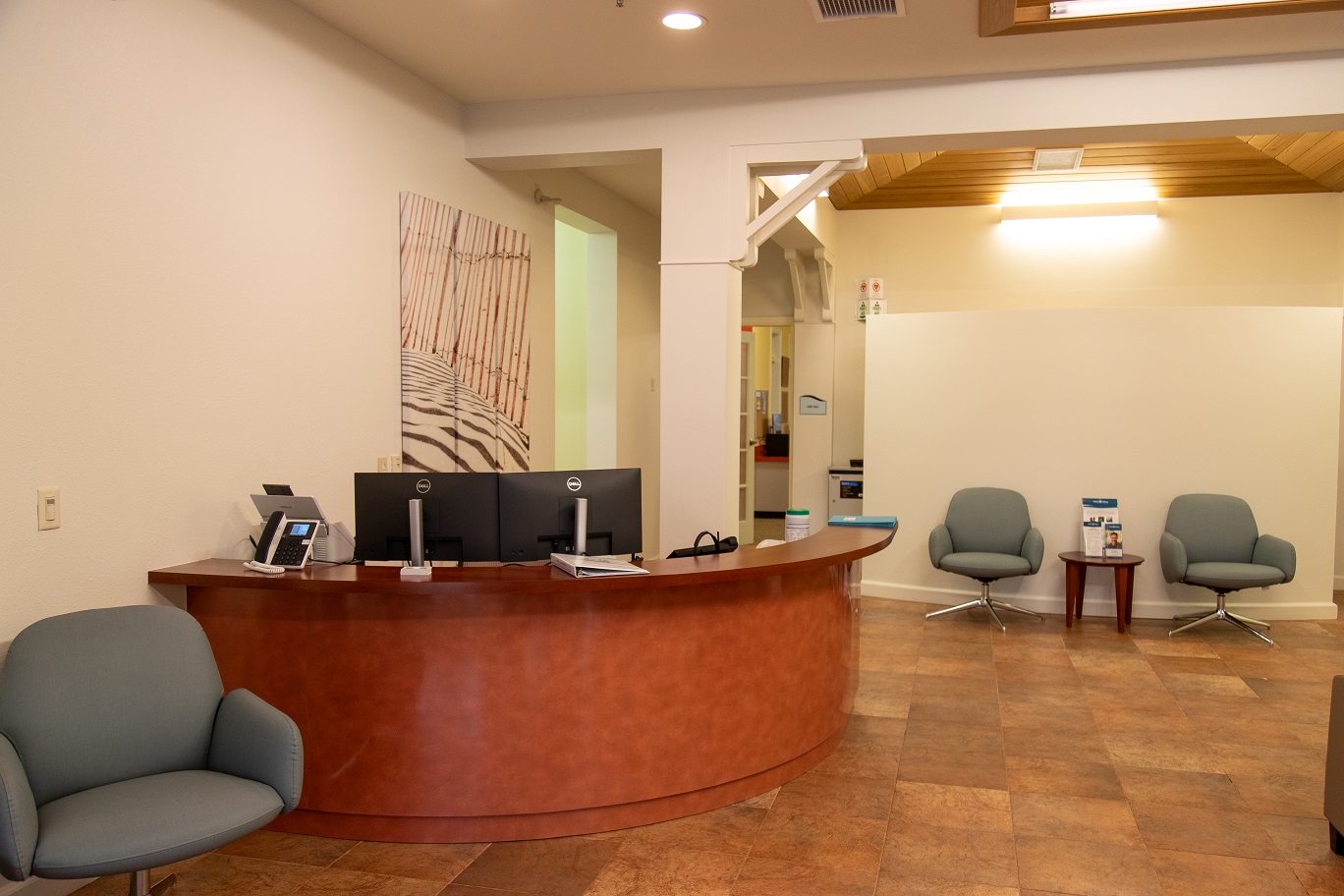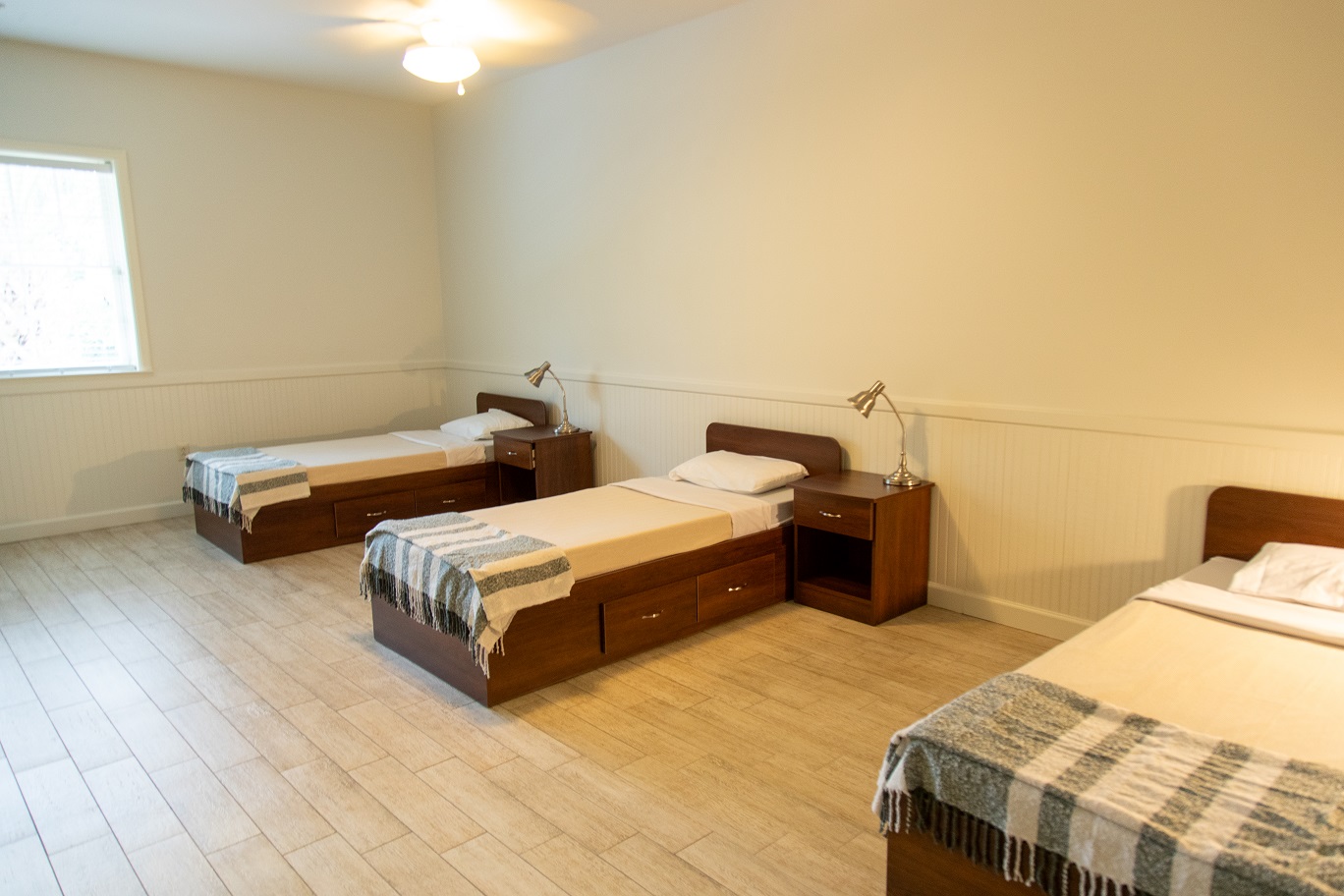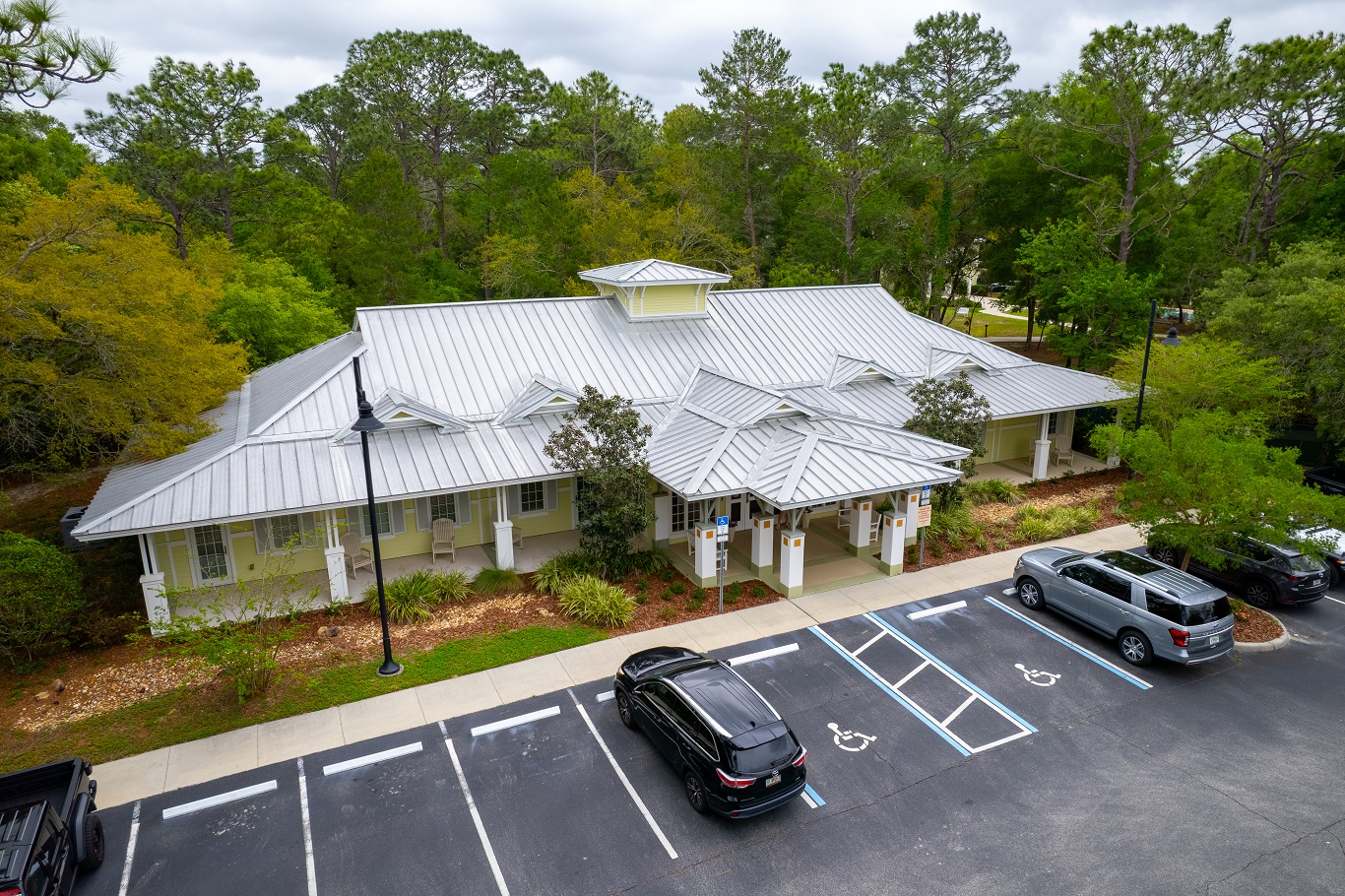Bipolar disorder is a mental health disorder that can cause people to suffer in many areas of their lives. When a person is also struggling with an addiction, it can cause even greater struggles. Fortunately, there is treatment available for addiction and co-occurring bipolar disorder. At Sabal Palms Recovery Center, we provide the clinically excellent care that people need to heal and regain control of their lives.
What is Bipolar Disorder?
Bipolar disorder is a mental health disorder that causes people to experience major shifts in their mood, behavior, and emotions, and it is characterized by the presence of fluctuating episodes of mania, hypomania, and depression.
Mania is a period of time when someone experiences things like increased energy, elevated mood, and excessive anger or irritability to the point that it impacts their ability to function. Hypomania is similar to mania but is usually less severe. A hypomanic episode will last at least four days and is characterized by significant changes in mood and energy levels. While the symptoms of hypomania are similar to mania, they typically will not cause the same level of disruption in a person’s life. Depressive episodes include prolonged periods of sadness that have the opposite effects of manic or hypomanic episodes.
There are three main types of bipolar disorder, including bipolar I disorder, bipolar II disorder, and cyclothymic disorder.
Bipolar I disorder can be present when a person experiences manic or mixed manic and depressive episodes consistently for seven days, or when their symptoms are so severe that they need to be hospitalized. People who have bipolar I often also suffer from depressive episodes that may last for two or more weeks.
Bipolar II disorder involves less severe manic episodes, which are known as hypomanic episodes, that last for at least four days. Depressive episodes are more frequent and severe than they are for someone who has bipolar I disorder.
Cyclothymic disorder, also known as cyclothymia, involves ongoing, fluctuating mood swings that are not as severe as manic or depressive episodes. For an adult to have cyclothymic disorder, they must have been experiencing symptoms for at least two years.
Regardless of which type of bipolar disorder a person is suffering from, the symptoms can have many negative effects on their life. But by making the decision to receive care at an addiction and co-occurring bipolar disorder treatment center like Sabal Palms Recovery Center, they can work with qualified professionals who can help them learn how to manage their symptoms and live healthier, more satisfying lives.
Signs & Symptoms of Bipolar Disorder
There are a variety of signs and symptoms that could indicate that someone is suffering from bipolar disorder. The specific symptoms can be different depending on whether the person has bipolar I disorder, bipolar II disorder, or cyclothymic disorder, but all can be debilitating. It is also important to realize that symptoms of each type of disorder can look different for each person.
When trying to determine whether a person might have a type of bipolar disorder, it can be helpful to recognize the difference between manic, hypomanic, and depressive episodes.
Signs that a person might be having a manic or hypomanic episode could include experiencing three or more of the following:
- Feelings of grandiosity
- Feeling invincible
- Feelings of euphoria
- Excessive energy
- Acting overly happy
- Being more outgoing than is normal for that person
- Needing less sleep than usual or not sleeping at all
- Increased talkativeness
- Talking very fast
- Jumping from topic to topic when speaking
- Being easily distracted
- Racing thoughts
- Experiencing an increased sense of self-confidence
- Acting impulsively
- Engaging in reckless behaviors, such as driving while drunk or using illegal drugs
- Taking on many large projects but not finishing them
- Feeling overly restless
Signs that a person might be having a depressive episode could include experiencing two or more of the following:
- Extreme sadness
- No longer wanting to be around family and friends
- Acting subdued
- Having trouble concentrating or focusing
- Being incapable of completing a task or project
- Chronic fatigue and an increased need for sleep
- Being unable to experience pleasure
- Loss of interest in things that once made the person happy
- Feelings of hopelessness
- Feelings of worthlessness
- Decreased sense of self-esteem
- Changes in short-term memory
- Increased feelings of anxiety
- Engaging in self-harming behaviors
- Ongoing thoughts of death or suicide
If you or someone you know is showing any of the signs or symptoms of bipolar disorder, it is important to reach out for help to avoid symptoms getting worse or becoming dangerous.
Bipolar Disorder Statistics
Sadly, bipolar disorder is not an uncommon illness, and it affects the lives of many people throughout the world.
The Depression and Bipolar Support Alliance (DBSA) reports the following statistics on bipolar disorder:
- Approximately 2.6% of adults age 18 and older in the United States suffer from bipolar disorder. This is equivalent to about 5.7 million people.
- There is no notable difference between the number of men who develop bipolar disorder versus the number of women.
- At least two-thirds of people who have bipolar disorder have a relative who also has bipolar disorder or major depressive disorder.
- While someone can develop bipolar disorder at any point in their lives, the median age of onset is 25.
Causes of & Risk Factors for Bipolar Disorder
Researchers have not identified one specific cause of bipolar disorder. Instead, there are several risk factors that may increase a person’s chances of developing symptoms of the disorder. According to the fifth edition, text revision of the Diagnostic and Statistical Manual of Mental Disorders (DSM-5-TR), there can be genetic, environmental, and physiological risk factors that increase the risk of someone developing bipolar disorder. These risk factors may include the following:
- Having a close relative who has bipolar disorder, major depression, or certain other mental health concerns
- Experiencing early childhood trauma
- Living through a stressful event, such as divorce or the death of a loved one
- Abusing drugs or alcohol
Researchers have also noted that bipolar disorder can impact people regardless of their age, gender, socioeconomic status, religion, race, or nationality.
Effects of Untreated Bipolar Disorder
Living with bipolar disorder can be extremely isolating. You may feel incredibly alone or believe that no one understands the struggles you’re facing. Without treatment, bipolar disorder symptoms can become more severe and more frequent, making it difficult for you maintain relationships, hold down a job, or generally function each day. Additionally, people who have bipolar disorder are at a higher risk for substance abuse and death by suicide than the general population.
Other effects of untreated bipolar disorder can include the following:
- Social withdrawal or isolation
- Onset or worsening of symptoms of other mental health disorders
- Decline in healthy relationships
- Poor performance at work
- Unemployment
- Financial problems
- Physical harm
- Legal problems as a result of reckless behaviors
Addiction & Co-Occurring Bipolar Disorder
When people are struggling with an addiction and co-occurring bipolar disorder, their lives can become extremely difficult. Some people may use drugs or alcohol as a way to cope with the bipolar disorder symptoms they’re suffering from. When they do this, they are putting themselves at risk for developing an addiction, which is clinically known as a substance use disorder.
On the other hand, there are times when a person is struggling with an addiction and their substance use triggers the onset of bipolar disorder symptoms if they were predisposed to the disorder.
In either case, a person who is suffering from an addiction and co-occurring bipolar disorder should seek treatment from professionals who can address the symptoms of both concerns.
In addition to addiction, there are other mental health concerns that can co-occur with bipolar disorder. Examples of these disorders may include the following:
- Generalized anxiety disorder
- Panic disorder
- Social anxiety
- Agoraphobia
- Other types of debilitating phobias
- Posttraumatic stress disorder (PTSD)
- Obsessive-compulsive disorder (OCD)
- Intermittent explosive disorder (IED)
- Attention-deficit/hyperactivity disorder (ADHD)
- Conduct disorder
- Anorexia nervosa
- Bulimia nervosa
- Binge-eating disorder (BED)
If you or someone in your life is showing signs that you or they might be suffering from bipolar disorder I disorder, bipolar II disorder, or cyclothymic disorder, it is extremely important that you reach out to a qualified mental health professional. Whether the result is needing to enter residential treatment, get inpatient treatment, or join an outpatient program, it is crucial that the symptoms are not ignored, and that the person gets the care they need.

































